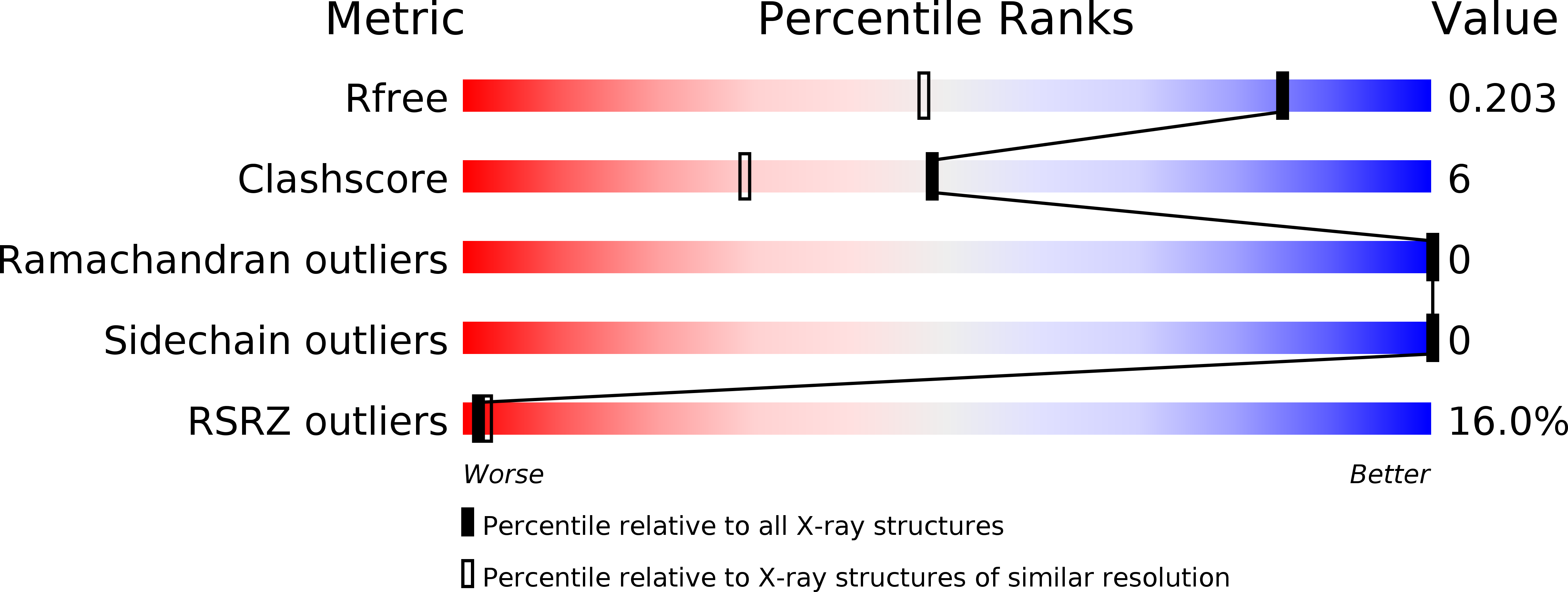
Deposition Date
2006-11-26
Release Date
2007-08-28
Last Version Date
2023-10-25
Method Details:
Experimental Method:
Resolution:
1.45 Å
R-Value Free:
0.21
R-Value Work:
0.19
R-Value Observed:
0.19
Space Group:
P 32 2 1


